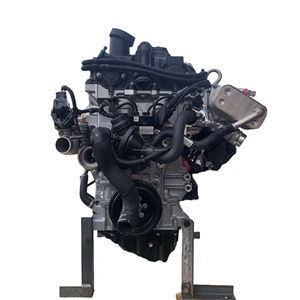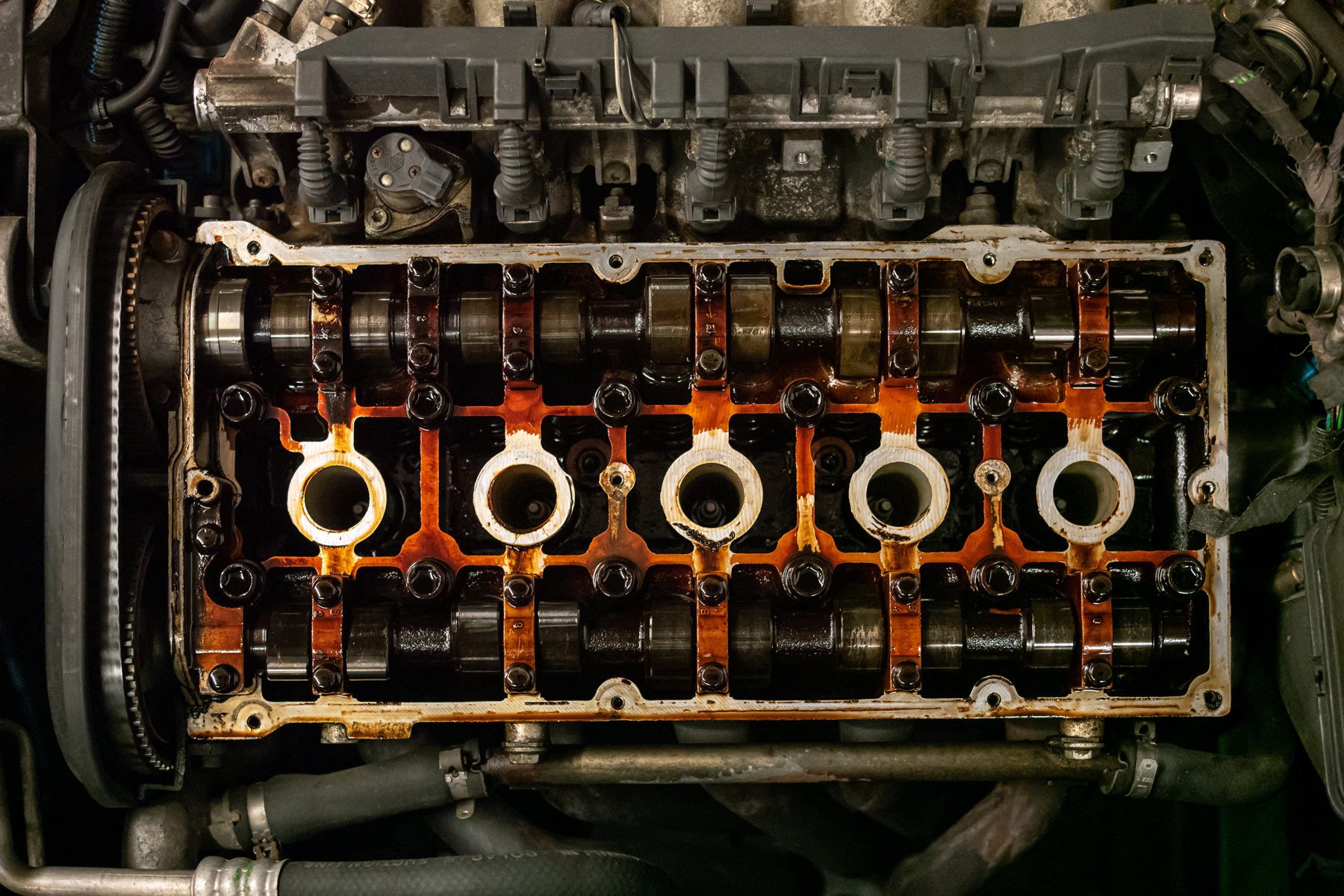Cost Effective Opel Corsa Engine Options for Your Spending plan
Cost Effective Opel Corsa Engine Options for Your Spending plan
Blog Article
Comprehensive Review of a Subcompact Car's Powertrain Capabilities
In the world of automobile design, the powertrain of a subcompact automobile stands as a vital nexus where efficiency, technology, and performance converge. From the engine's ruthless search of optimal performance to the transmission's seamless choreography of power circulation, every component plays an essential duty in defining the total driving experience.
Engine Performance Analysis
In examining the engine performance of the subcompact cars and truck, an extensive analysis discloses its performance and power result under numerous driving conditions. The subcompact vehicle's engine, a crucial part of its powertrain system, demonstrates commendable efficiency metrics. The engine's efficiency is noteworthy, as it optimizes gas consumption without compromising power shipment. Under regular driving problems, the engine runs efficiently, showcasing a balance in between efficiency and gas economic situation.
Furthermore, when based on strenuous testing scenarios such as high-speed velocity or uphill climbs up, the engine shows durability and responsiveness. Its power outcome remains regular, offering appropriate velocity when required. The subcompact vehicle's engine is tailored to meet the demands of urban driving, where quick velocity and active maneuverability are important.
In addition, the engine's layout includes contemporary technologies that boost its performance features. Features like turbocharging or variable shutoff timing add to improved power distribution and torque, boosting the total driving experience. Finally, the engine efficiency of the subcompact auto emphasizes its capacity to provide effective and trusted power output throughout different driving conditions.
Transmission Efficiency Assessment
Examining the subcompact vehicle's transmission performance involves evaluating its performance in transferring power effortlessly across different driving conditions. The performance of a transmission system is important as it directly influences the total performance and fuel economic climate of the car. In evaluating transmission performance, aspects such as gear ratios, change timing, and the smoothness of equipment adjustments are considered. A well-designed transmission system must properly deliver power from the engine to the wheels while reducing energy losses.
One usual technique utilized to assess transmission efficiency is with dynamometer screening, where the power outcome from the engine is determined at the input and outcome shafts of the transmission. By assessing these elements, engineers can recognize areas for improvement and optimize the transmission system for far better general performance and effectiveness.
Fuel Performance Exam
The assessment of the subcompact car's fuel efficiency involves an extensive evaluation of its consumption prices under various driving conditions. Gas efficiency is an essential consider assessing the general performance and cost-effectiveness of an automobile. By measuring the quantity of gas eaten each distance took a trip, generally revealed as miles per gallon (MPG) or litres per 100 kilometers (L/100 km), the performance of the subcompact automobile's powertrain can be identified.

In addition, advancements in modern technology, such as hybrid systems, regenerative braking, and automated start-stop systems, have actually dramatically boosted fuel performance in contemporary subcompact autos. Manufacturers proceed to introduce and enhance powertrain components to enhance fuel efficiency while satisfying efficiency demands and environmental guidelines. Evaluating a subcompact car's fuel performance supplies important insights for consumers looking for sustainable and cost-effective transport solutions.
Acceleration and Handling Assessment
An essential facet of evaluating the performance capabilities of a subcompact auto hinges on analyzing its acceleration and handling attributes. Velocity is vital as it figures out just how promptly the automobile can reach desired rates, influencing total driving experience and ability to move in numerous website traffic problems. opel corsa engine. Subcompact cars are typically preferred for their nimbleness and dexterity, making acceleration from grinding halt and during overtaking maneuvers important aspects to think about
When it comes to handling, a subcompact cars and truck's capacity to browse corners, keep stability at high speeds, and supply a responsive steering feel are critical. Limited city streets and winding roads call for exact handling to guarantee motorist self-confidence and security. Variables such as suspension adjusting, weight circulation, my review here and tire grasp play significant functions in establishing a subcompact vehicle's general handling expertise.

Powertrain Components Introduction
Upon delving into the complexities of a subcompact automobile's efficiency, an extensive assessment of its powertrain parts is vital to realize the vehicle's mechanical underpinnings. The powertrain of a subcompact automobile typically is composed of the engine, transmission, driveshaft, differential, and axles. The engine, often a smaller displacement four-cylinder in a subcompact auto, is responsible for producing power by shedding fuel and converting the energy into mechanical pressure. The transmission, whether guidebook or automated, transfers this power to the wheels with the driveshaft. The differential allows the wheels to rotate at different rates when transforming, improving ability to move. The axles transfer power from the differential to the wheels, allowing movement. Recognizing exactly how these components interact is vital in examining a subcompact automobile's overall efficiency, performance, and driving characteristics. In the next area, we will certainly dive much deeper right into the certain roles and interactions of each powertrain part to supply an extensive overview of a subcompact car's powertrain capacities.
Conclusion
Finally, the subcompact cars and truck's powertrain abilities have actually been extensively evaluated in terms of engine performance, transmission efficiency, gas velocity, handling, and performance. The detailed review highlights the relevance of each component working with each other seamlessly to provide optimal my link performance. In general, the powertrain parts of the subcompact car have been located to be well-balanced and efficient, making it a reputable selection for vehicle drivers seeking a small and fuel-efficient automobile.
In the world of auto engineering, the powertrain of a subcompact vehicle stands as a vital nexus where innovation, efficiency, and efficiency converge.In examining the engine efficiency of the subcompact car, a thorough evaluation reveals its performance and power result under numerous driving problems.Examining the subcompact auto's transmission efficiency involves assessing its efficiency in transmitting power flawlessly throughout numerous driving conditions. Recognizing exactly how these parts function together is important in evaluating a subcompact cars and truck's general performance, effectiveness, and driving dynamics.In final thought, the subcompact auto's powertrain capabilities have actually been extensively examined in terms of engine performance, transmission performance, gas acceleration, efficiency, and handling.
Report this page